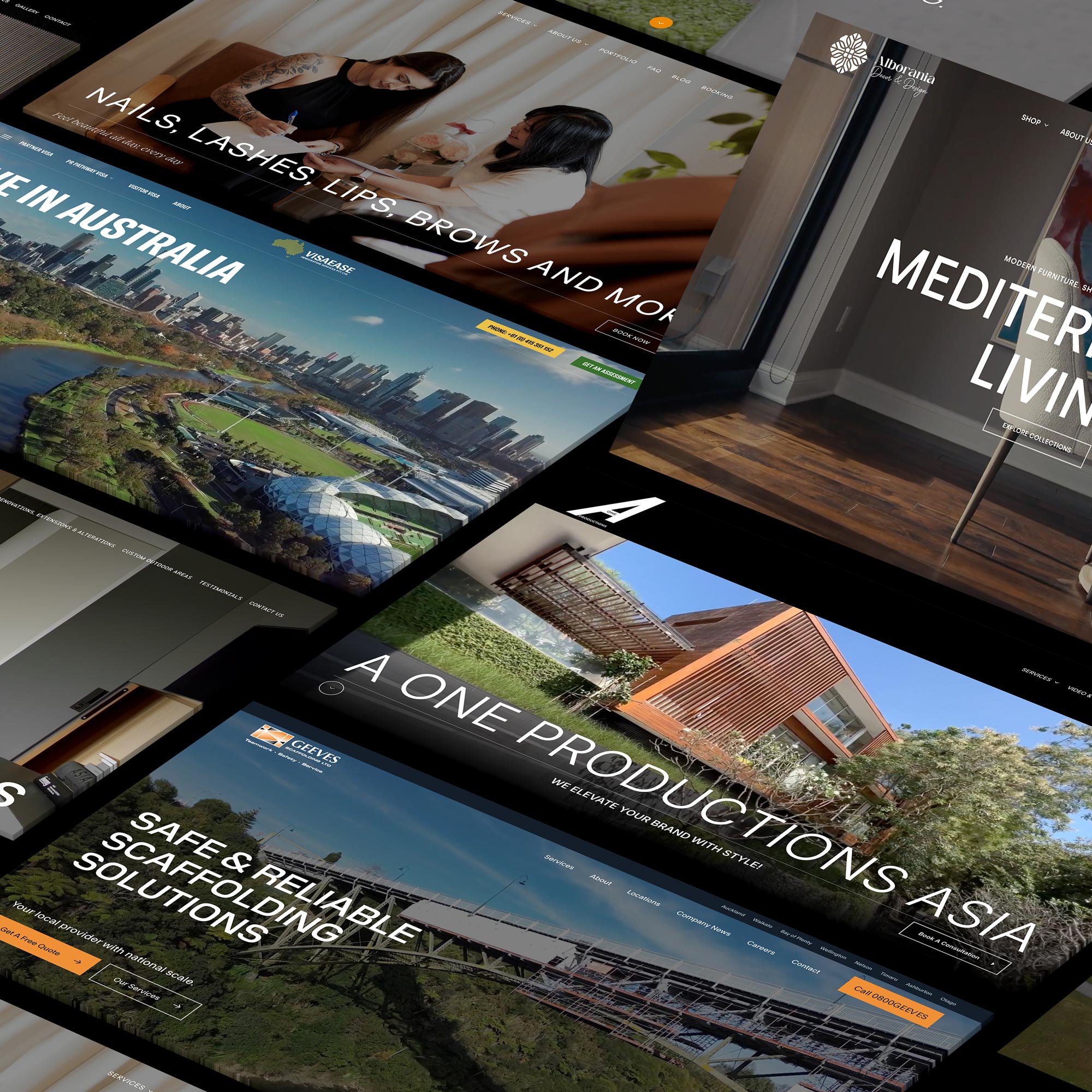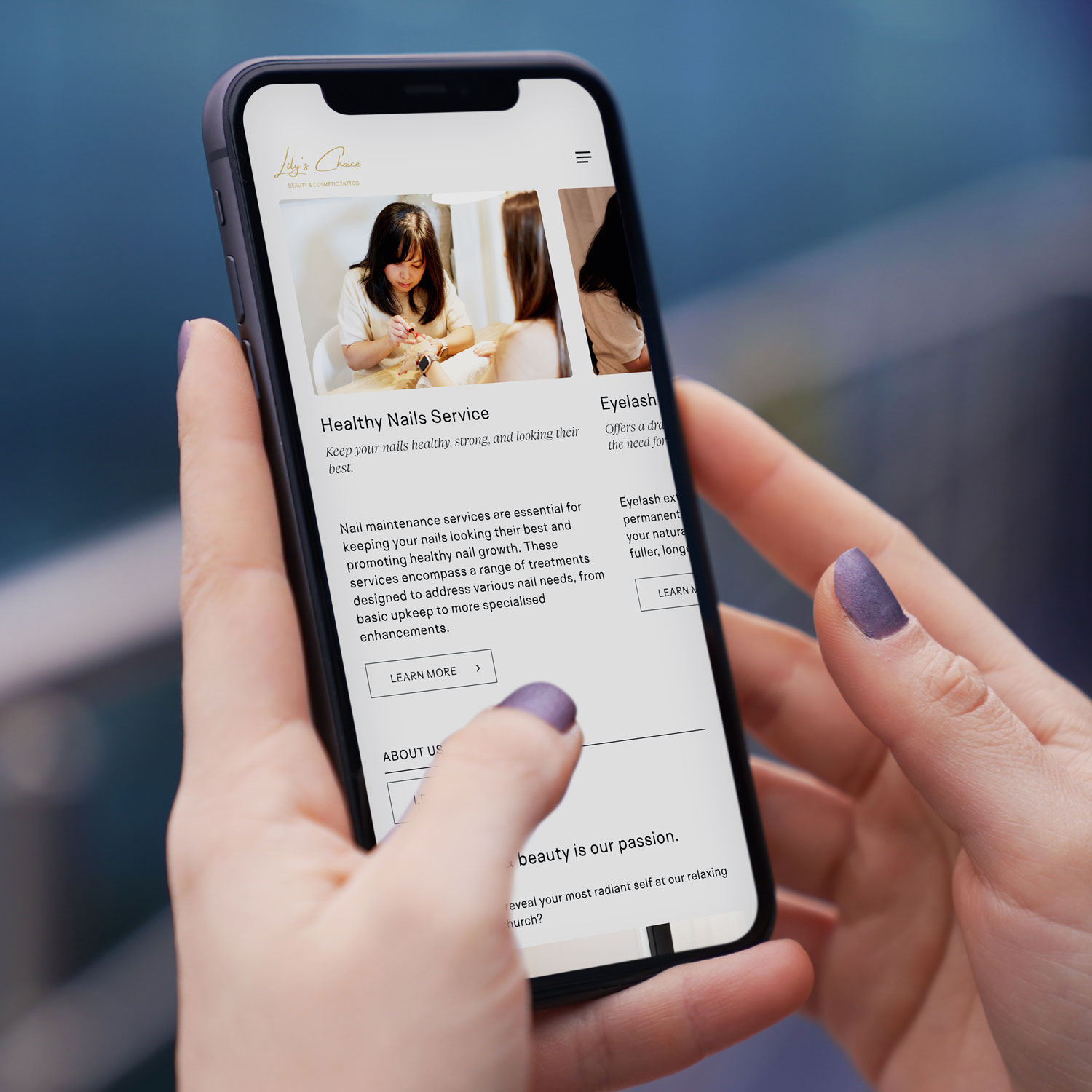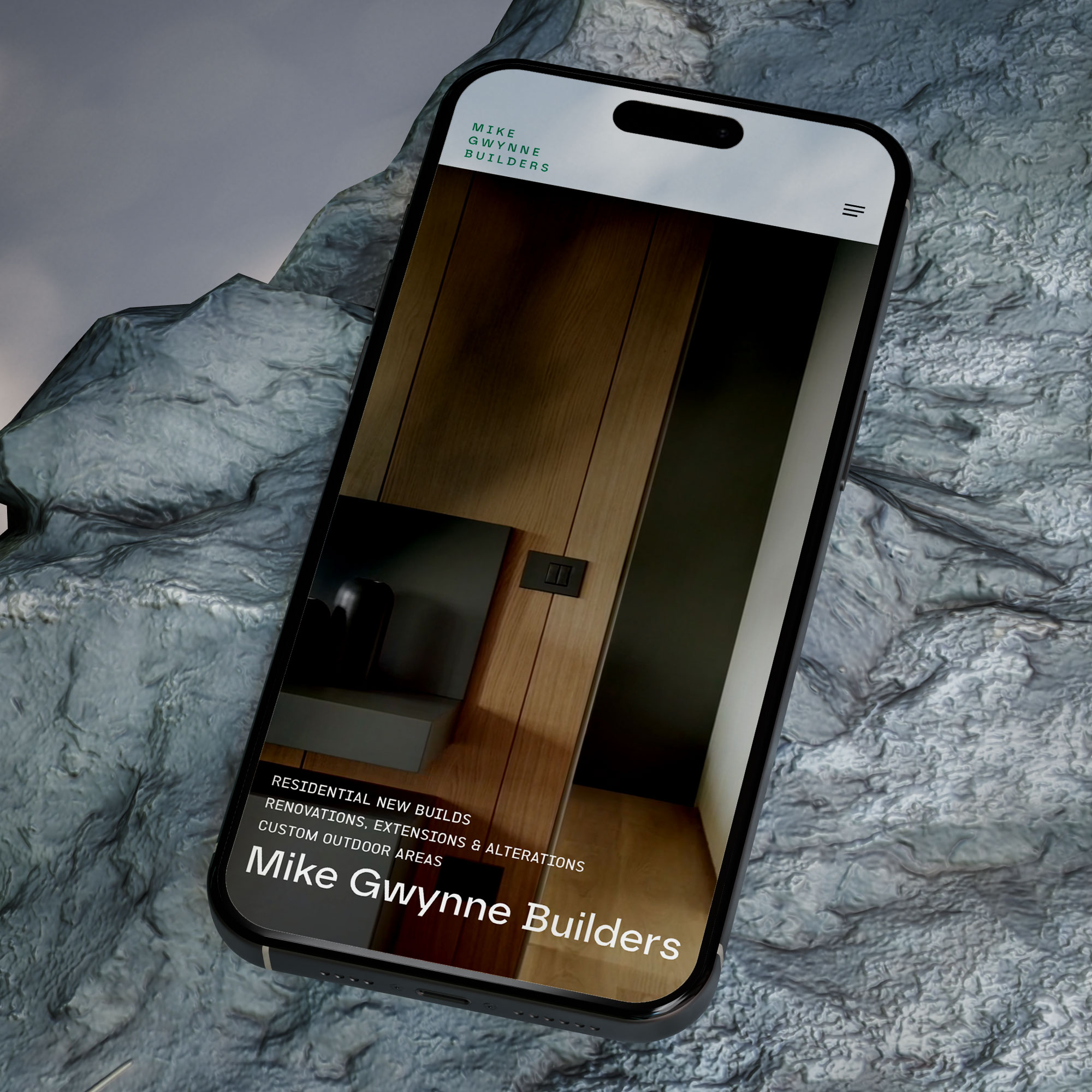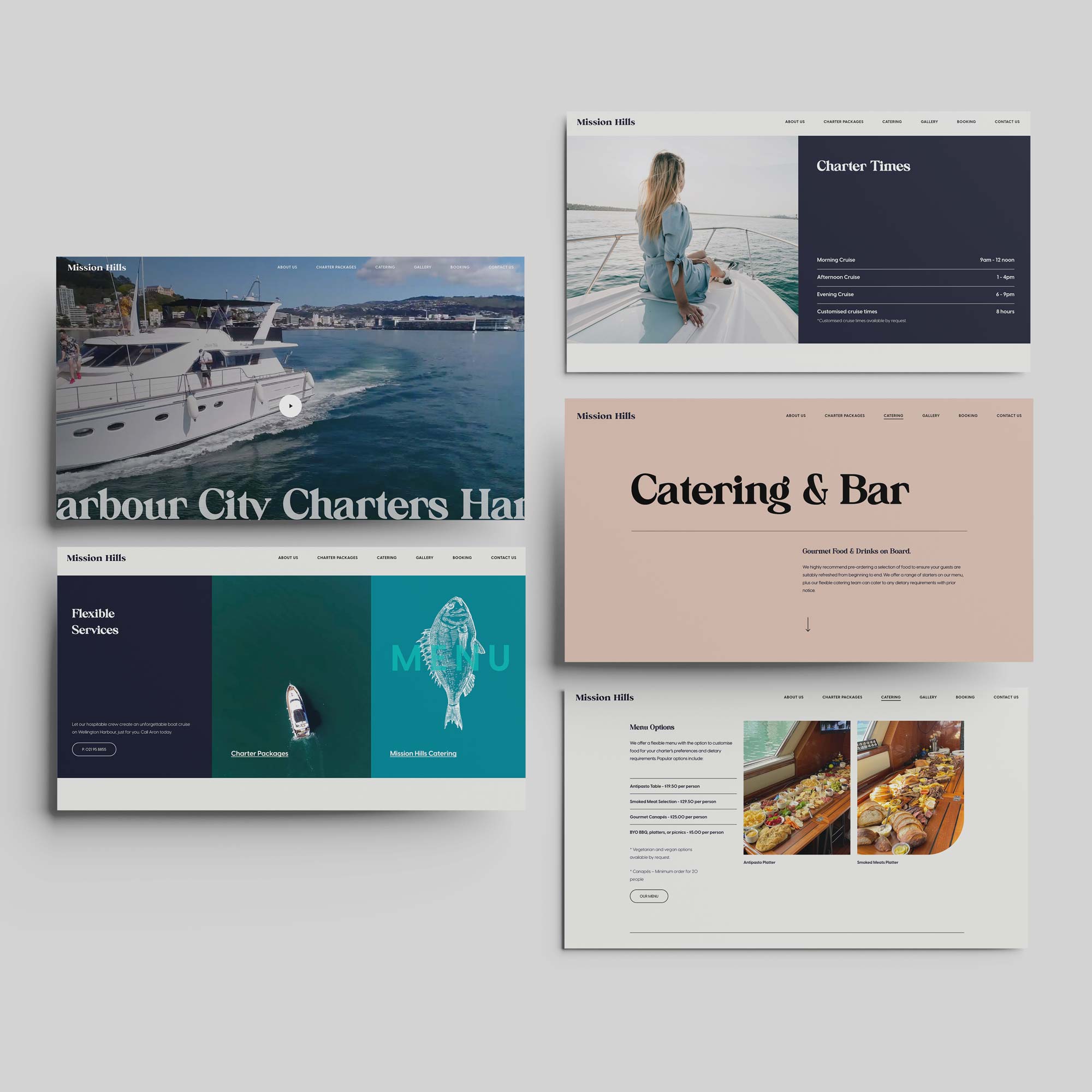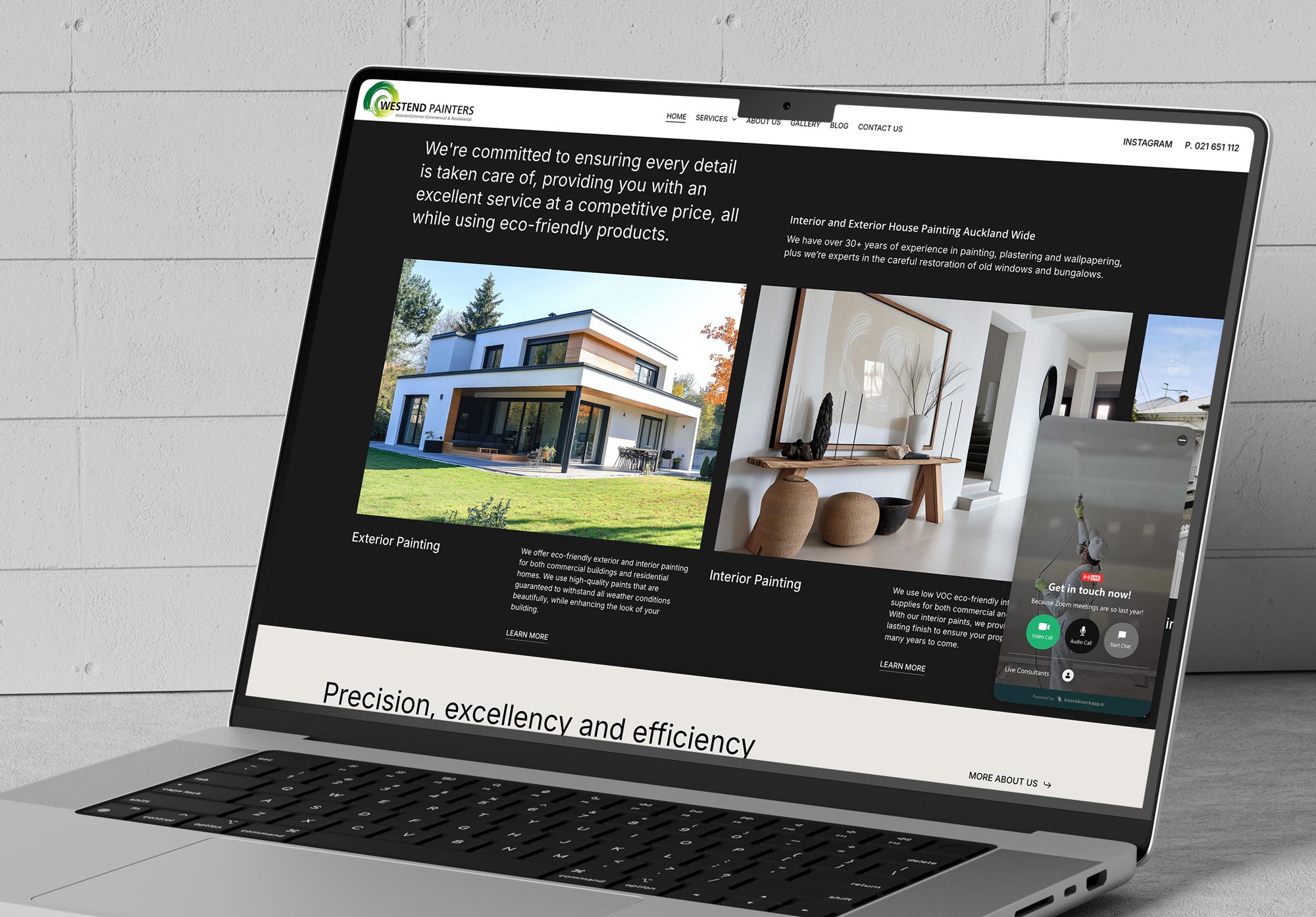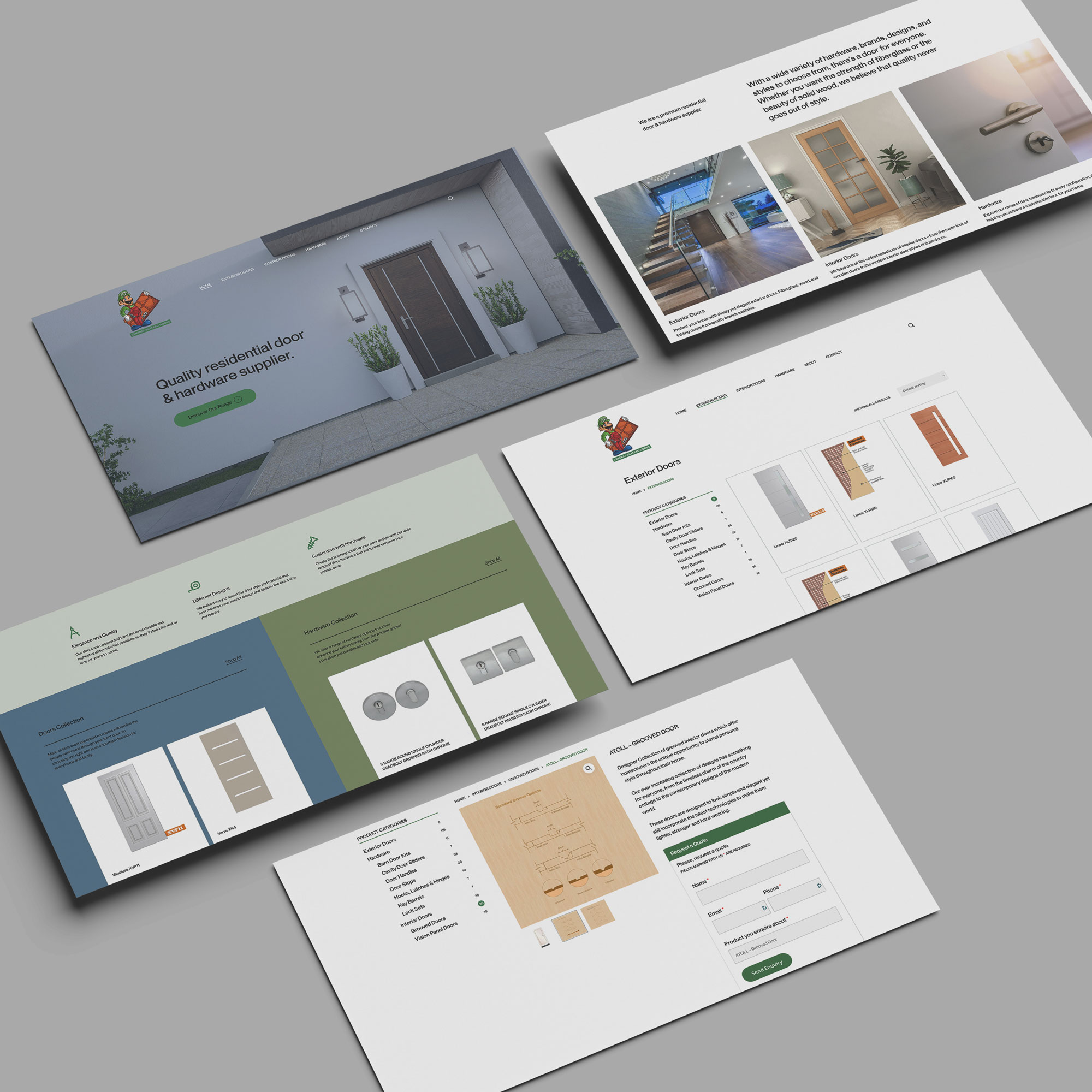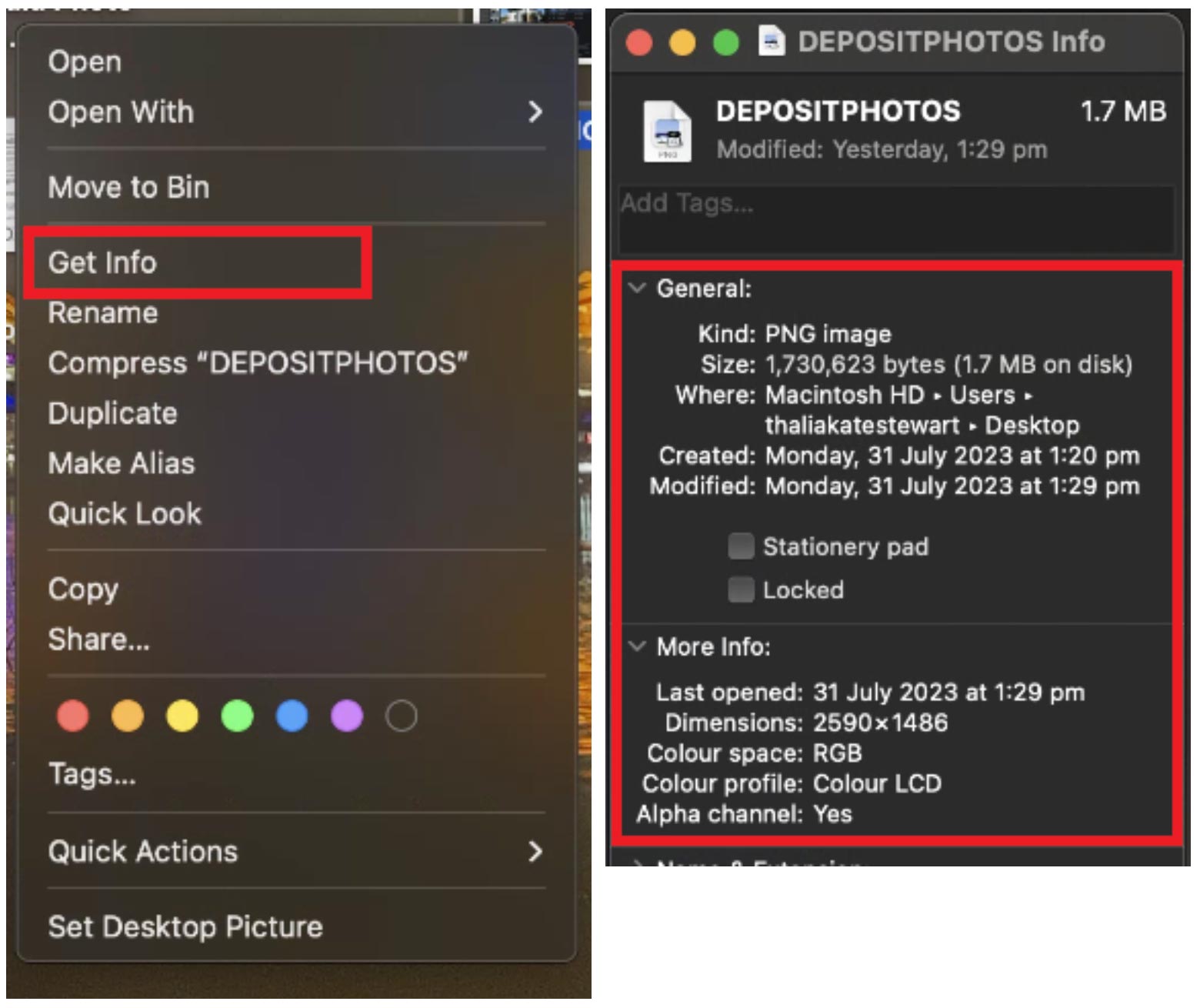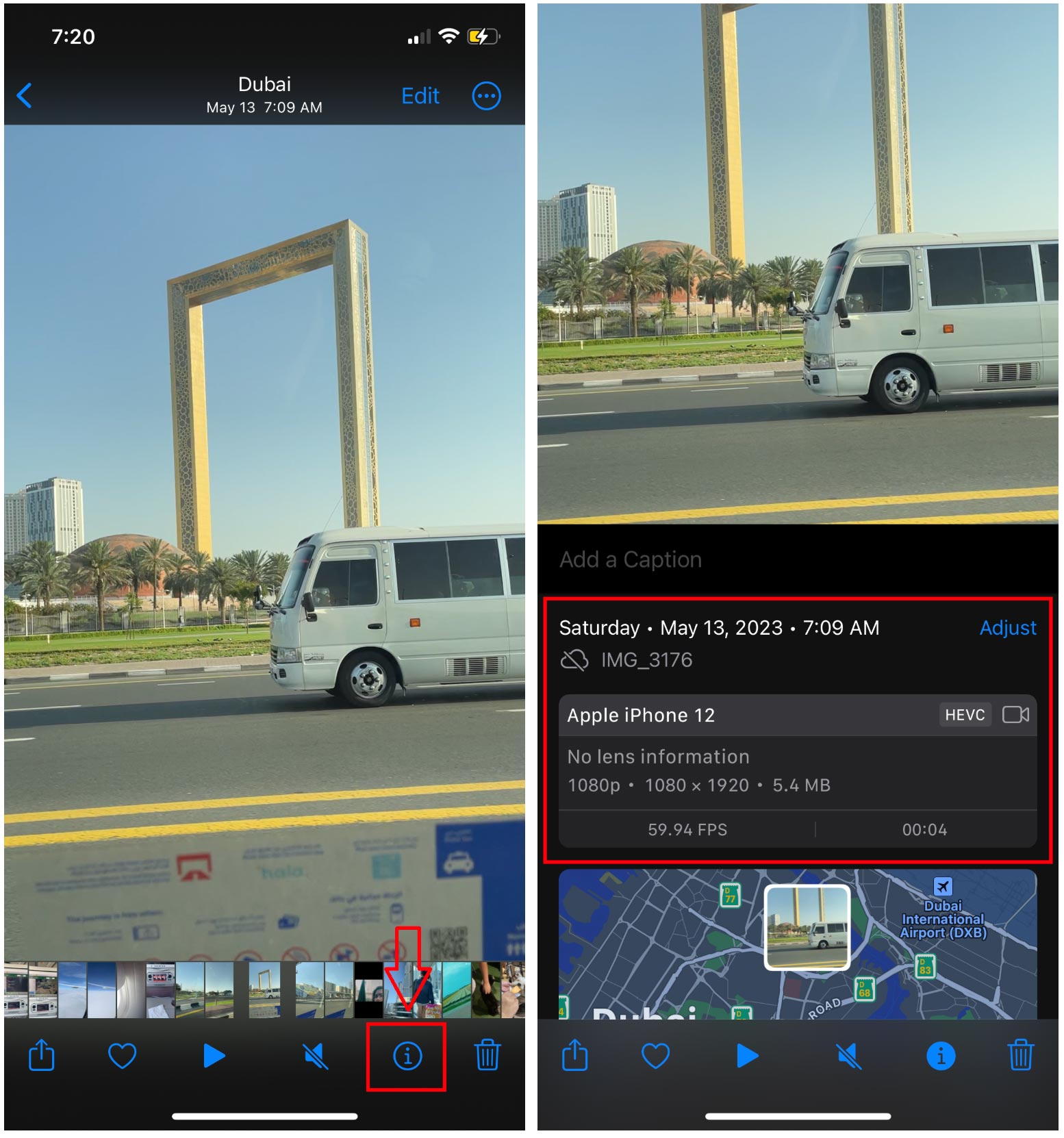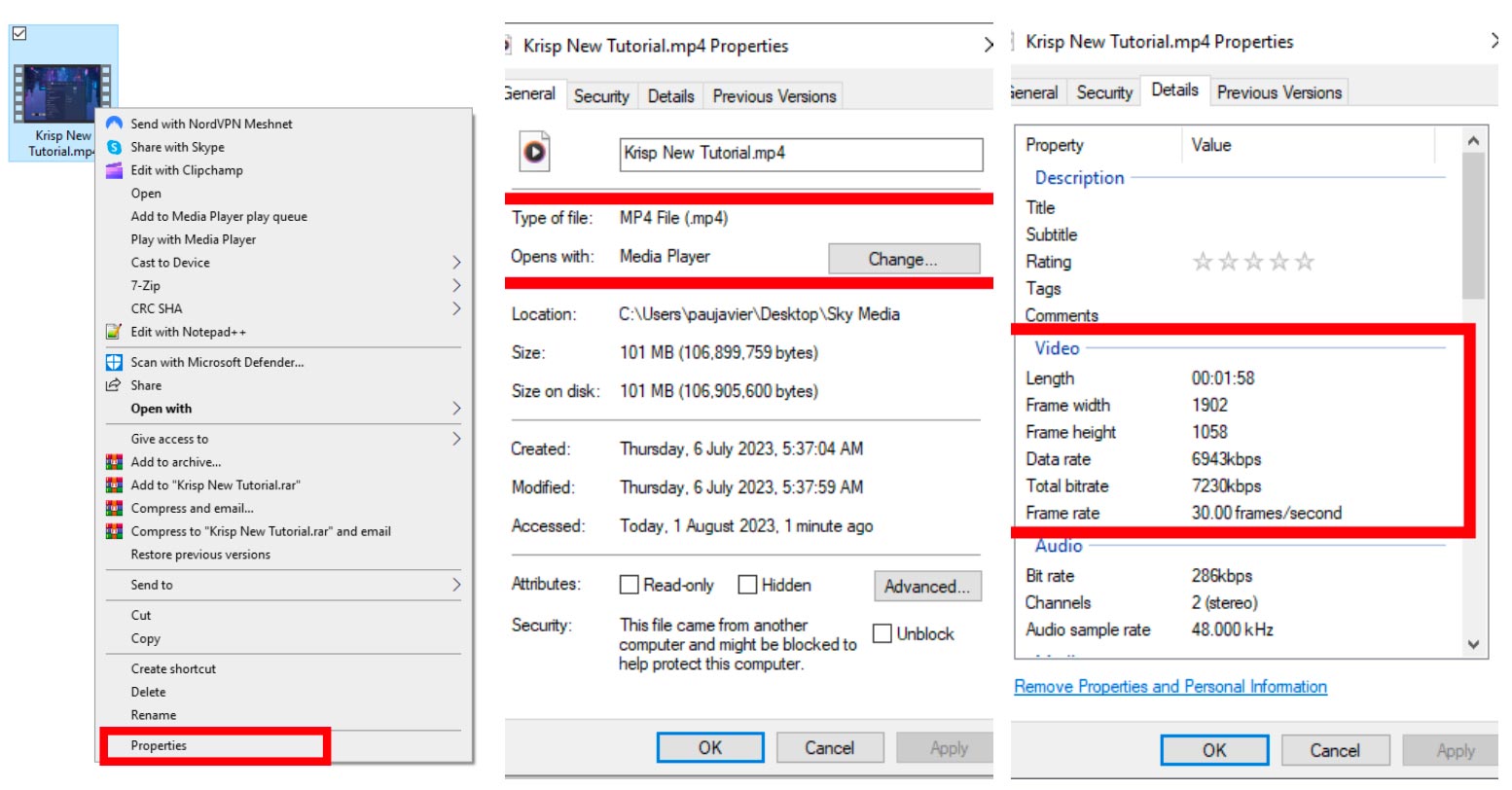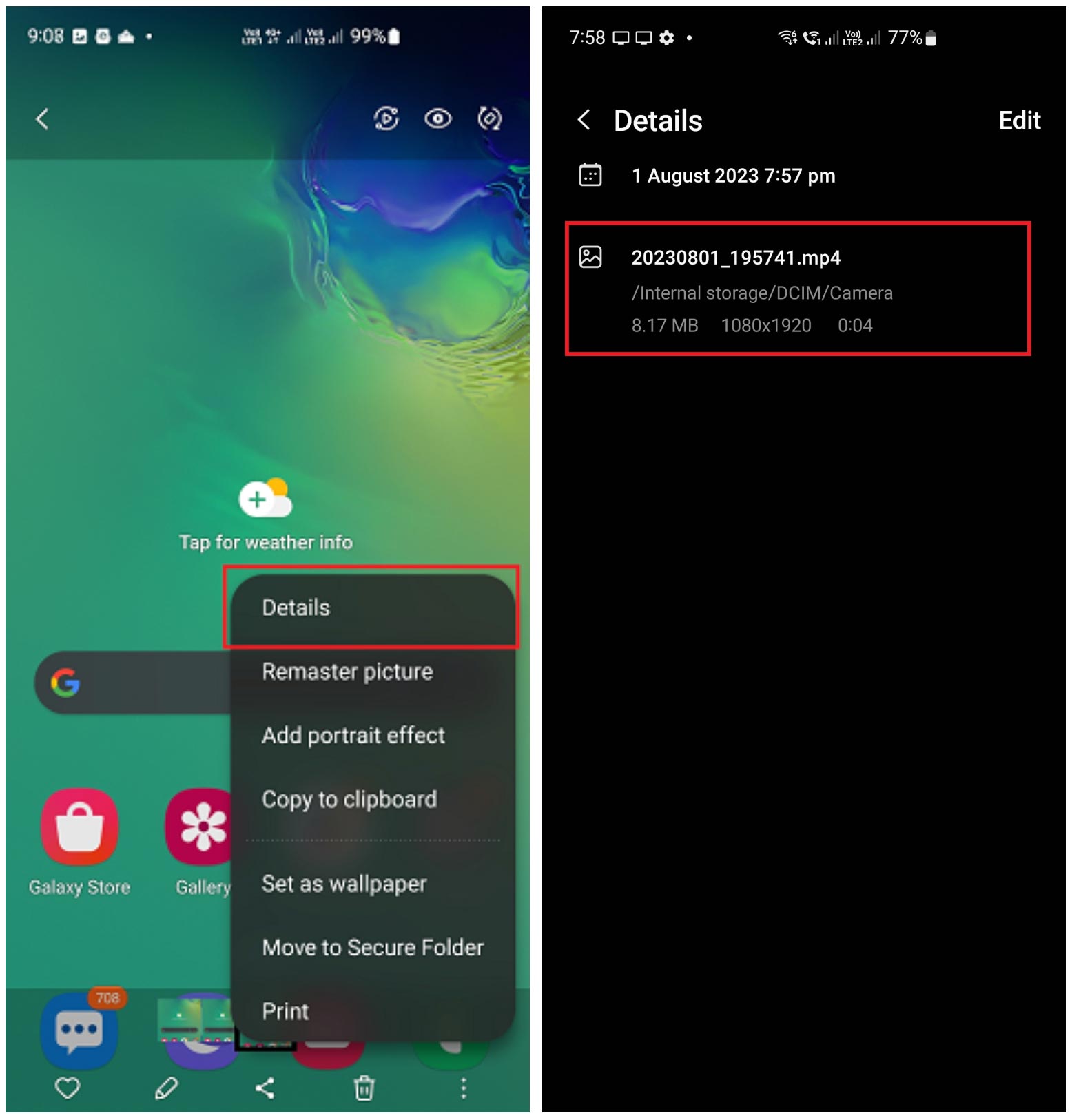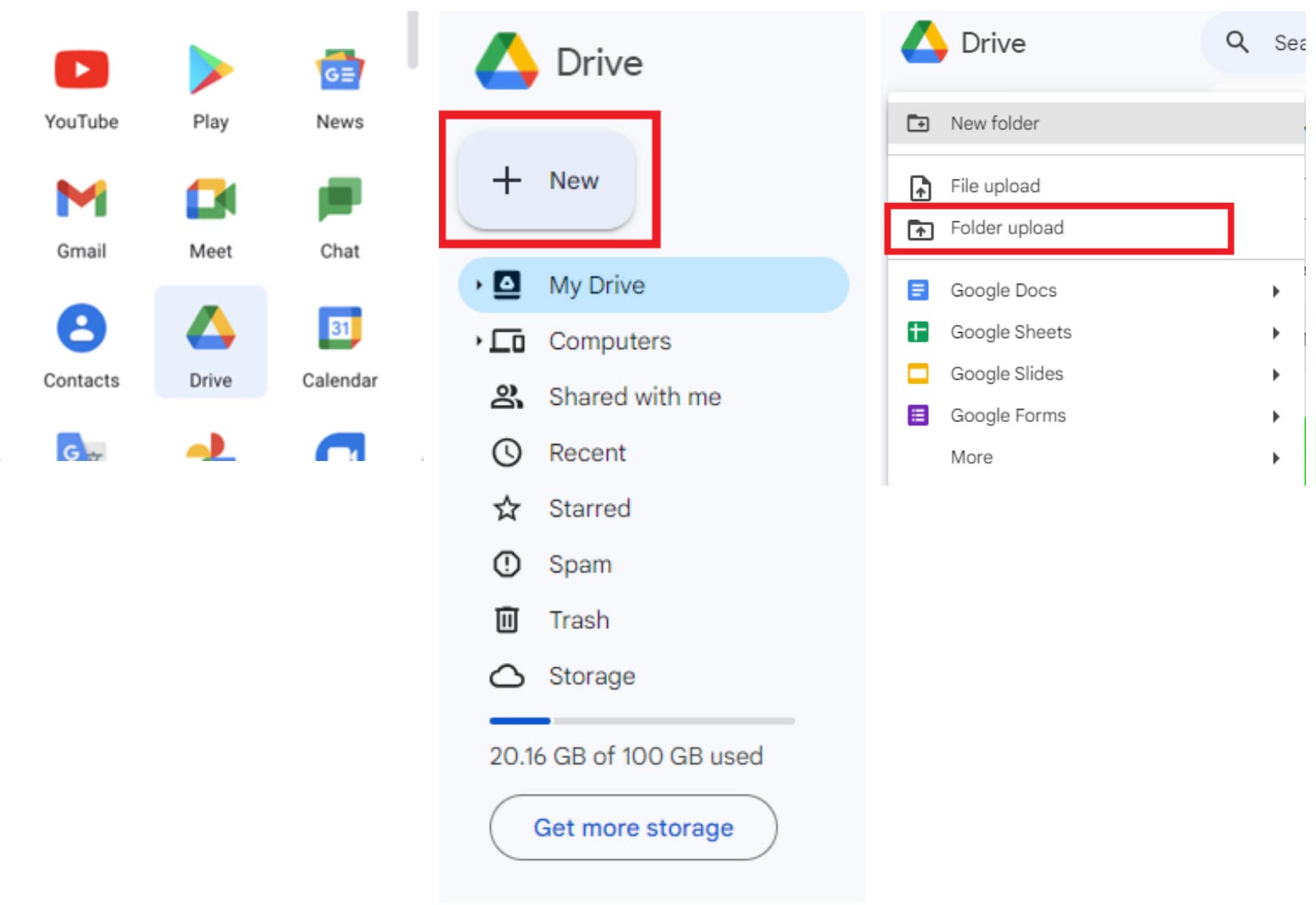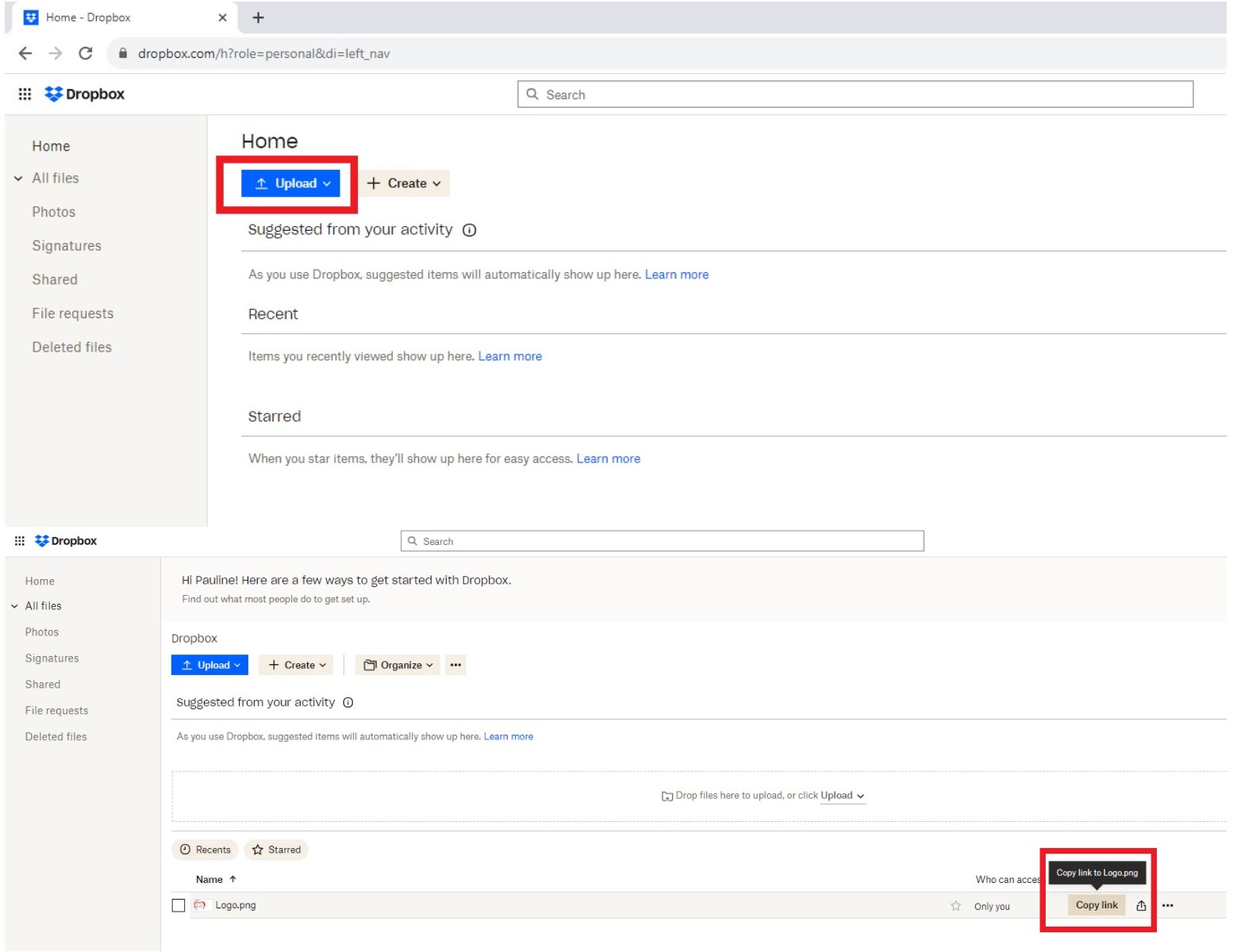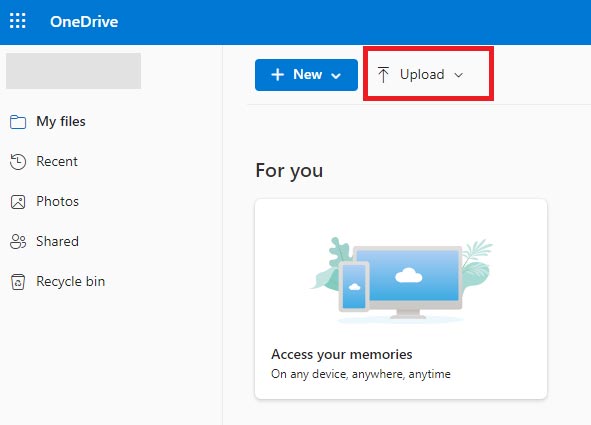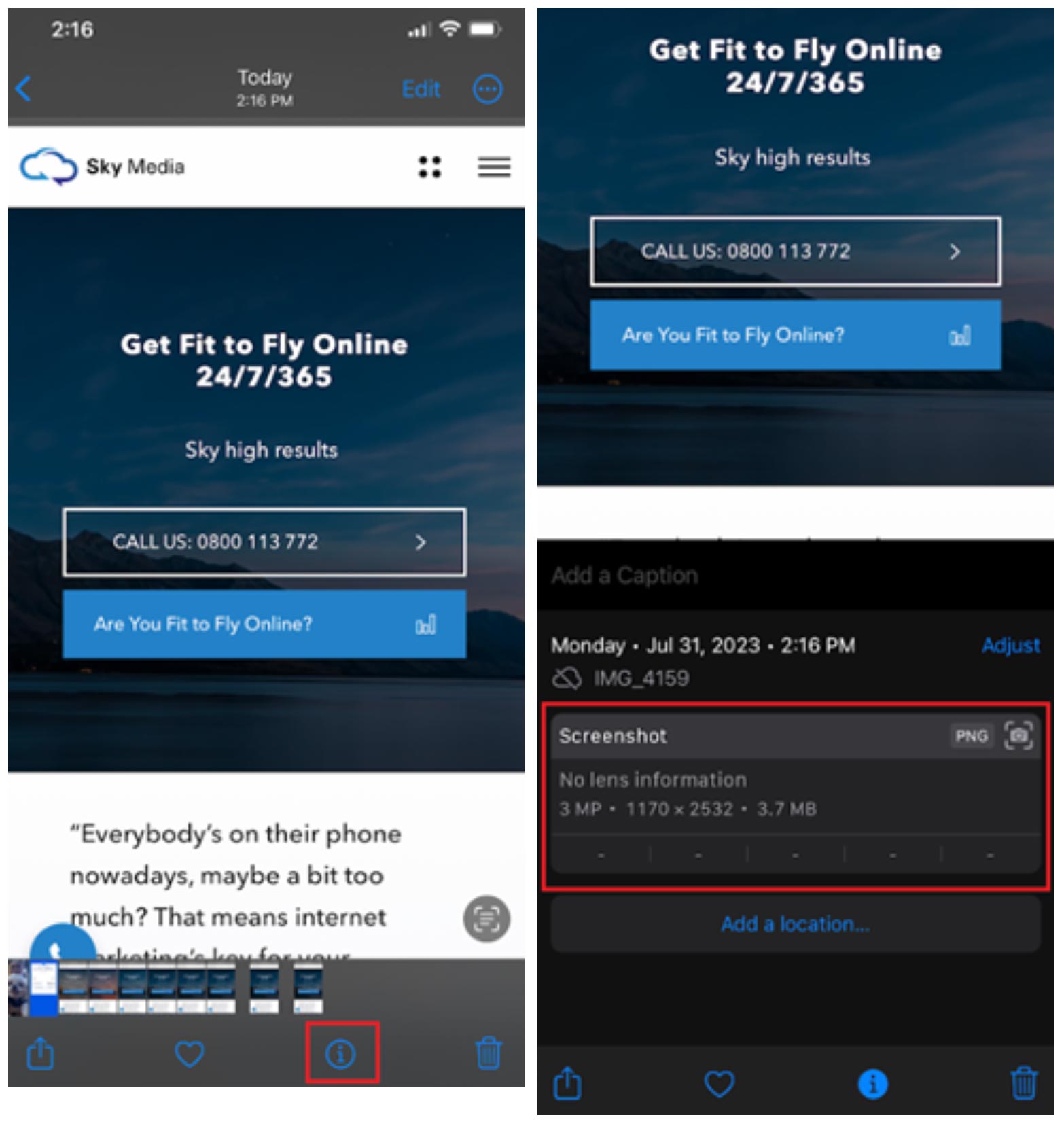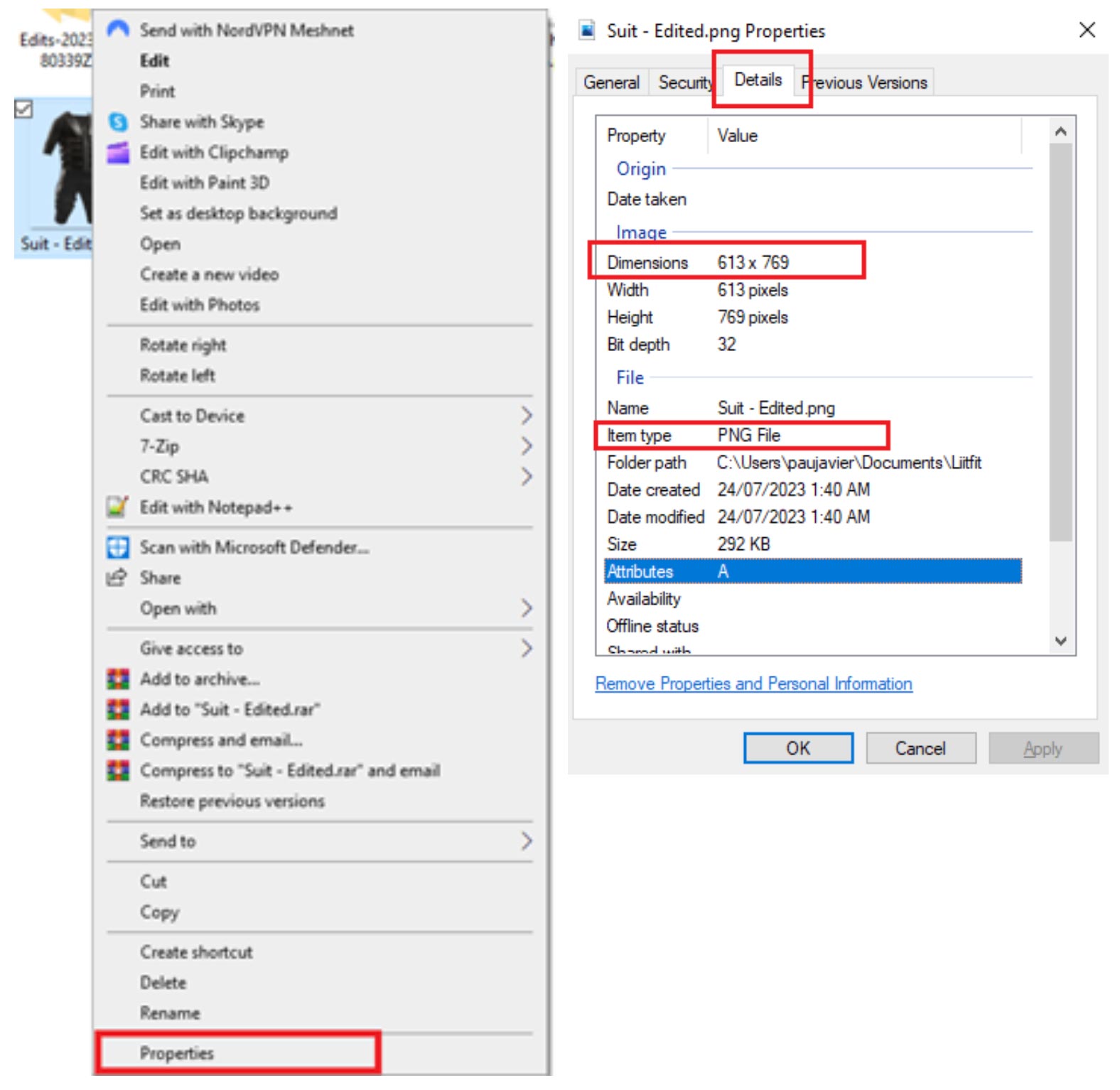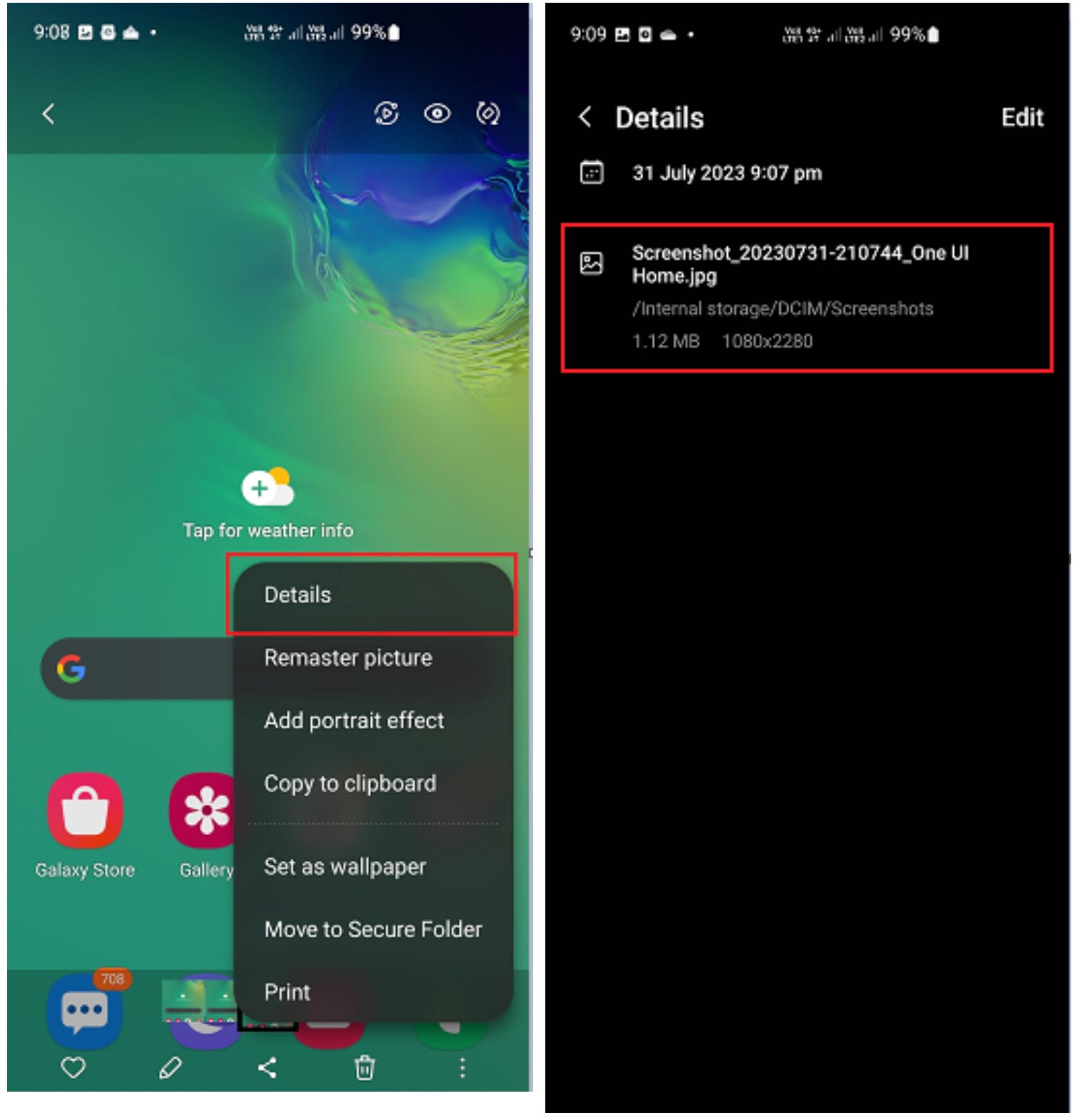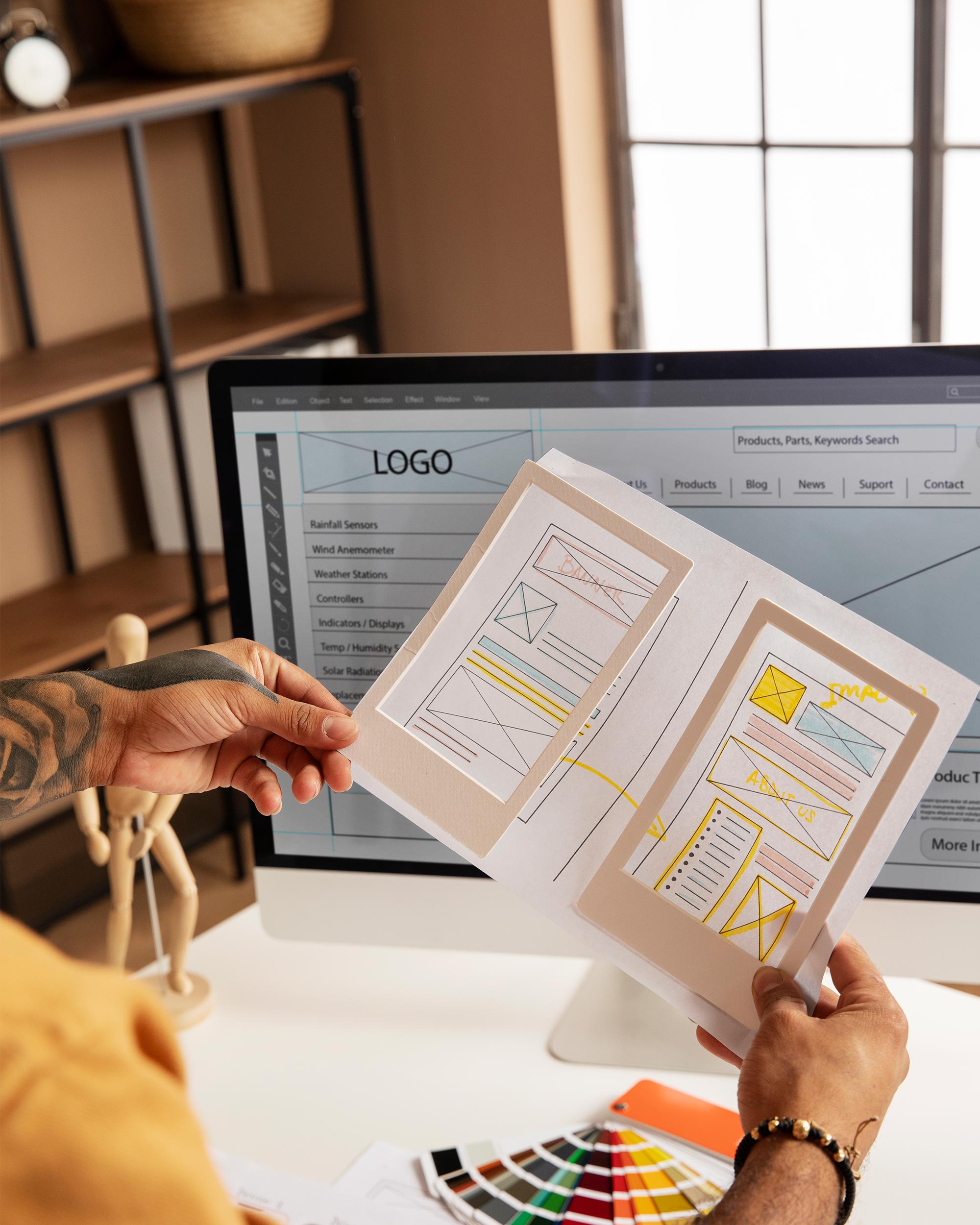
When visitors come to your website, they expect a seamless, intuitive experience. But many New Zealand businesses unintentionally make mistakes that frustrate users, cause them to leave, or lose trust. Below, we walk through five common UX (user experience) mistakes NZ websites make — illustrated with local relevance — and simple fixes you can apply or ask your web team to address.

1. Asking for Too Much Too Soon (“UX Fatigue”)
One of the modern web design traps is UX fatigue — when a site overwhelms users with pop-ups, modals, sign-up prompts, cookie banners, onboarding tutorials, or notification requests before letting people see content.
Why NZ sites fall into this: Some local small businesses try to push newsletter signups, account creation, or tracking consents right at the start, hoping to build leads fast, but many users simply bounce before reading anything.
Fixes Sky Media team can implement on your website:
- Delay non-essential pop-ups until after the user has consumed some content.
- Use subtle banners instead of full-screen modals.
- Bundle cookie consent and tracking prompts in a simple, unobtrusive bar.
- Let users opt-in later rather than forcing actions immediately.
- By giving users breathing room, you decrease bounce rates and increase the chance they’ll stick around.
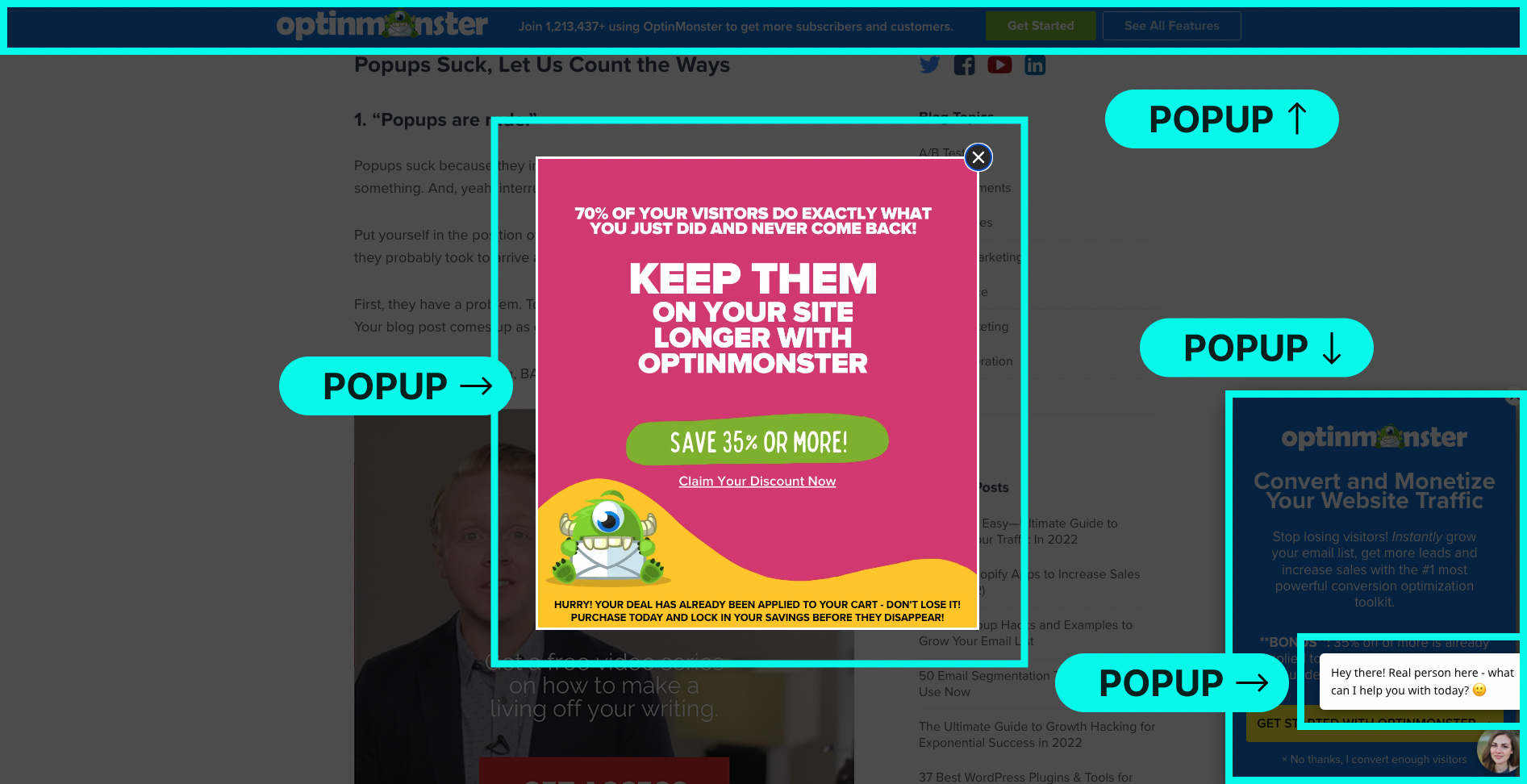
Misuse of popups creating poor user experience.
2. Confusing Navigation & Cluttered Menus
If people arriving at your site can’t find what they’re looking for within seconds, frustration sets in. Cluttered menus, too many options, vague labels or hidden pages all contribute.
Example: Imagine a Wellington café website that labels its menu tab as “Our Story / Eat / Gather” — that’s vague. A more descriptive “Menu | About Us | Book a Table | Contact” works better.
How to improve navigation:
- Limit primary menu items to 5–7 max.
- Use clear, descriptive labels (e.g. “Services,” “Pricing,” “Contact”) instead of creative jargon.
- Use breadcrumbs on deeper pages so users always know where they are.
- Group related items under parent categories to reduce clutter.
- Test navigation with real users — ask a friend unfamiliar with your business to “find the contact page” and observe where they click.
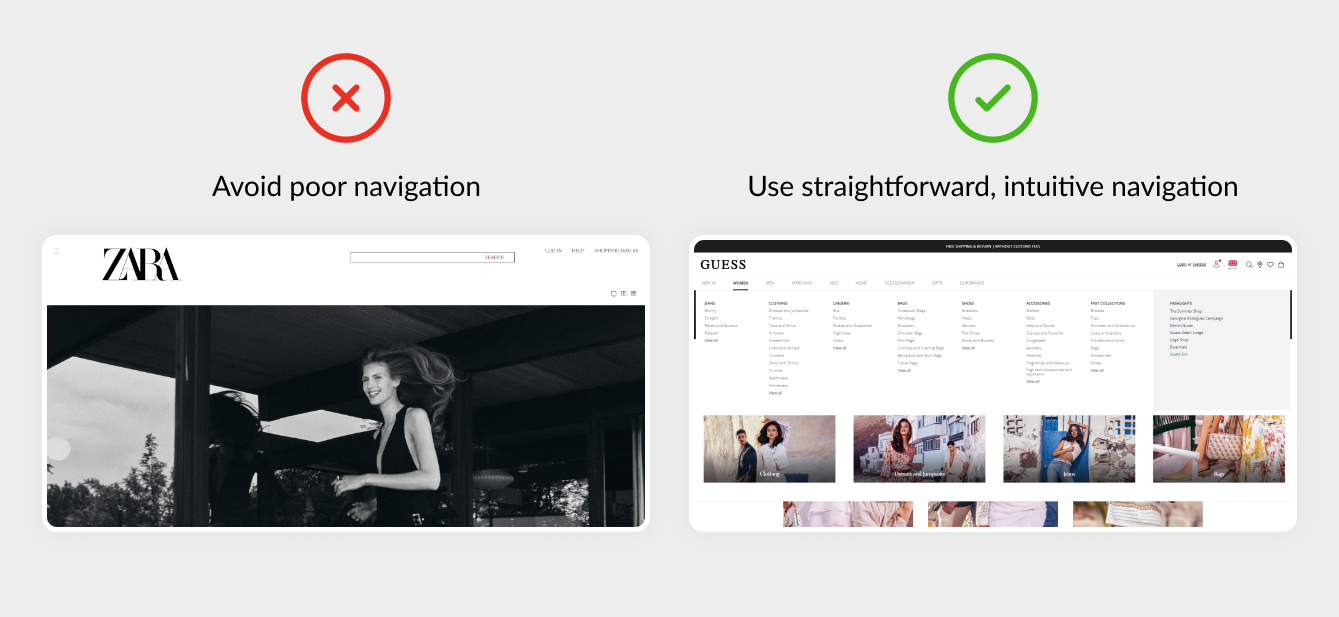
Poor navigation and menus hurt user experience.
3. Poor Mobile Optimisation
In New Zealand, many people browse websites on mobile devices (phones or tablets). If your site isn’t mobile-friendly, buttons are too small, images don’t scale, or layout breaks, users will leave quickly.
Common mobile UX issues to watch for:
- Tap targets (buttons, links) too small or too close together.
- Text that requires zooming to read.
- Overlapping elements or images that don’t scale properly.
- Menus that become hidden or difficult to use.
Simple fixes:
- Design mobile-first — start layout and style thinking from small screens, then scale up.
- Make buttons well noticeable with ample spacing.
- Use responsive design so images and containers adapt fluidly.
- Test on multiple real devices (iPhone, Samsung Galaxy, etc.) to catch quirks.
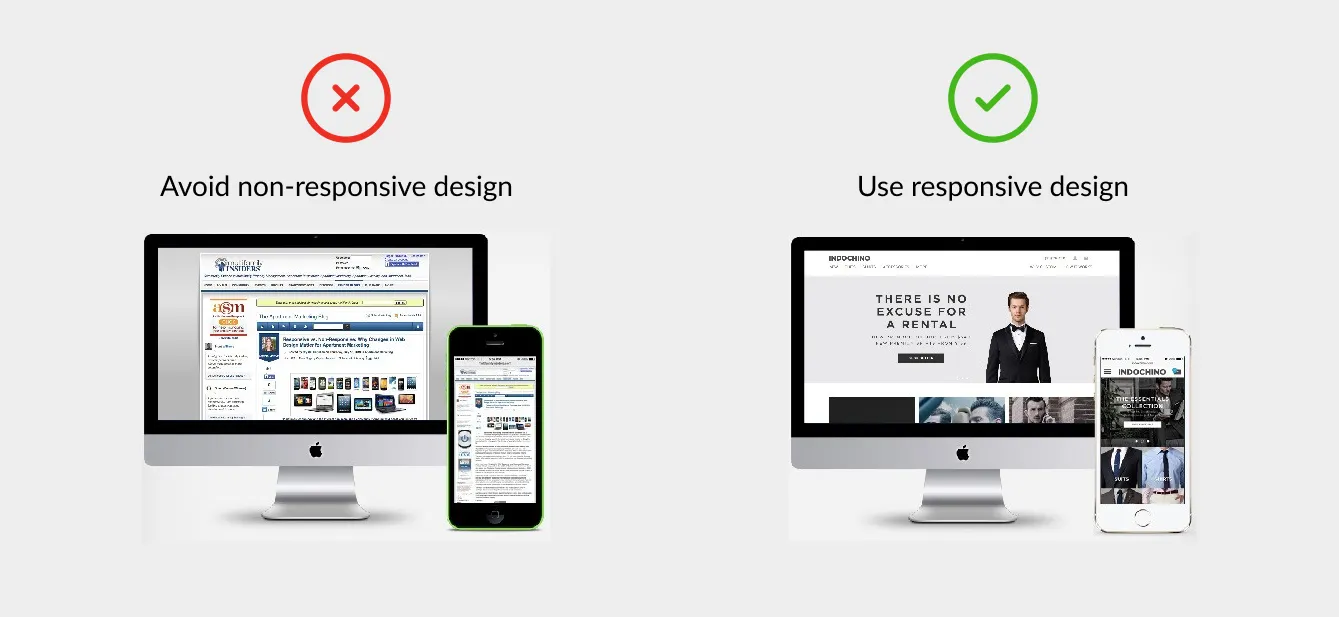
Website example showing non-responsive design vs clean responsive design.
4. Long, Overwhelming Forms & Requests for Data
Nothing kills momentum faster than a long registration or contact form that asks for too much information. If your form looks like a chore, most users won’t bother completing it.
Typical overreach in NZ business sites:
- Asking for full address, phone, business registration number, custom preferences just to get a quote.
- Long multiple-step forms without progress indicators.
- No inline feedback (i.e. telling users immediately when there’s an error).
Better approach:
- Only ask for essential fields first (name, email, message) and expand later if needed.
- Use multi-step forms or progressive disclosure (show additional fields after initial information).
- Provide live validation (e.g. “That email looks invalid”) to reduce submission errors.
- Show a success message or confirmation immediately after submission — reassure users.
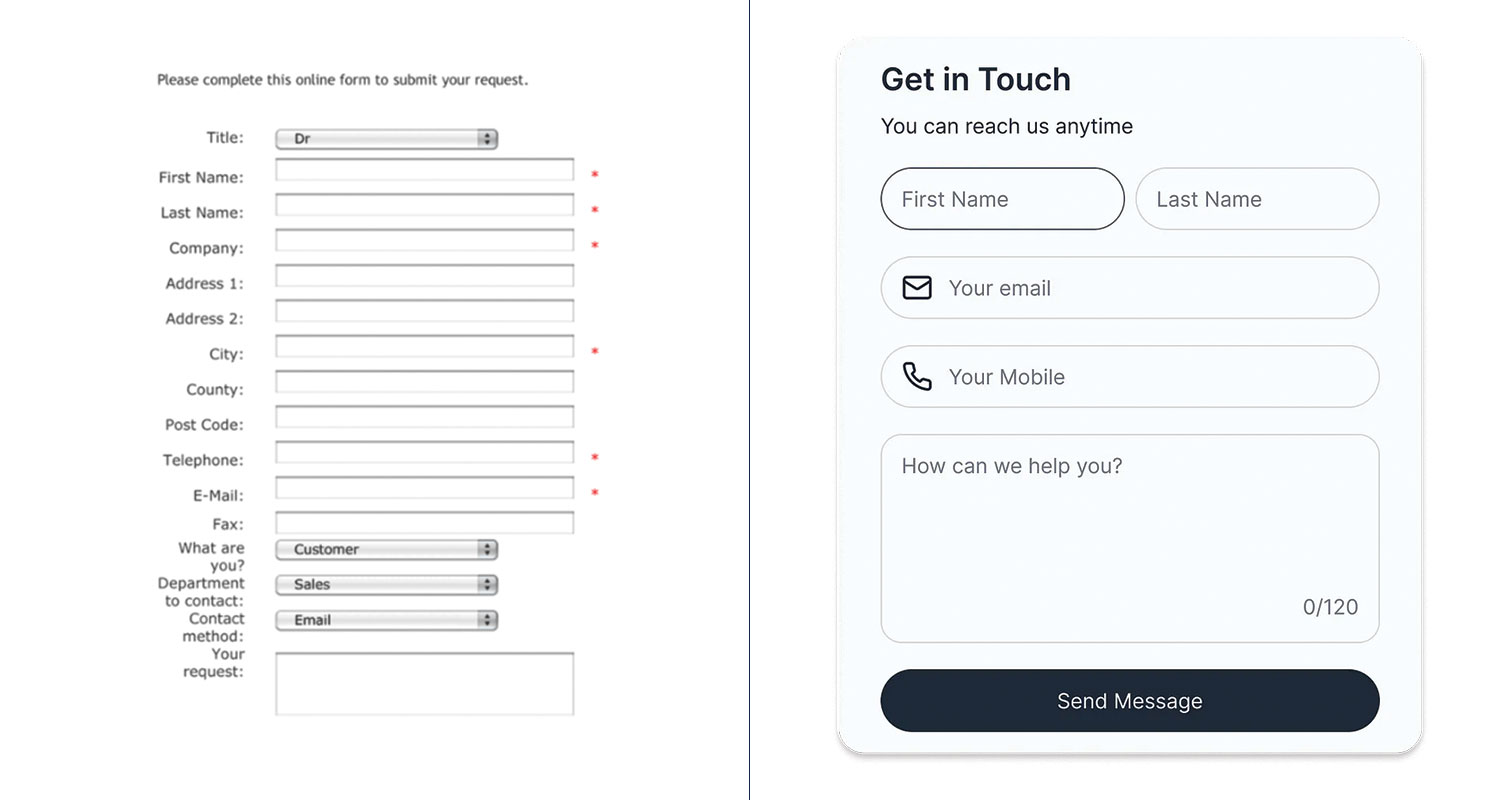
Before and after: simplified form design for better user experience.
5. Ignoring Accessibility & Readability
A website may look beautiful, but if users with visual impairments, screen readers, or slower connections can’t use it, you lose a portion of your audience — and credibility.
Examples of accessibility and readability oversights:
- Insufficient contrast between text and background (e.g. light grey text on white).
- No alt text for images (so screen readers can’t describe them).
- Tiny font sizes that are unreadable on some devices.
- Interface elements (buttons, menus) not navigable via keyboard.
- Relying on colour alone to communicate meaning (e.g. error messages in red without icons).
What to do:
- Use a contrast checker (there are free tools online) to ensure text is legible against its background.
- Always include descriptive alt attributes for images (even decorative ones should have an alternative description).
- Choose a base font size (e.g. 16px or equivalent) and allow users’ browsers to scale.
- Test navigation using only keyboard (Tab, Enter) to ensure the site is usable without a mouse.
- Use icons or labels in addition to colour cues (so red = error, but also show an “X” icon or text).
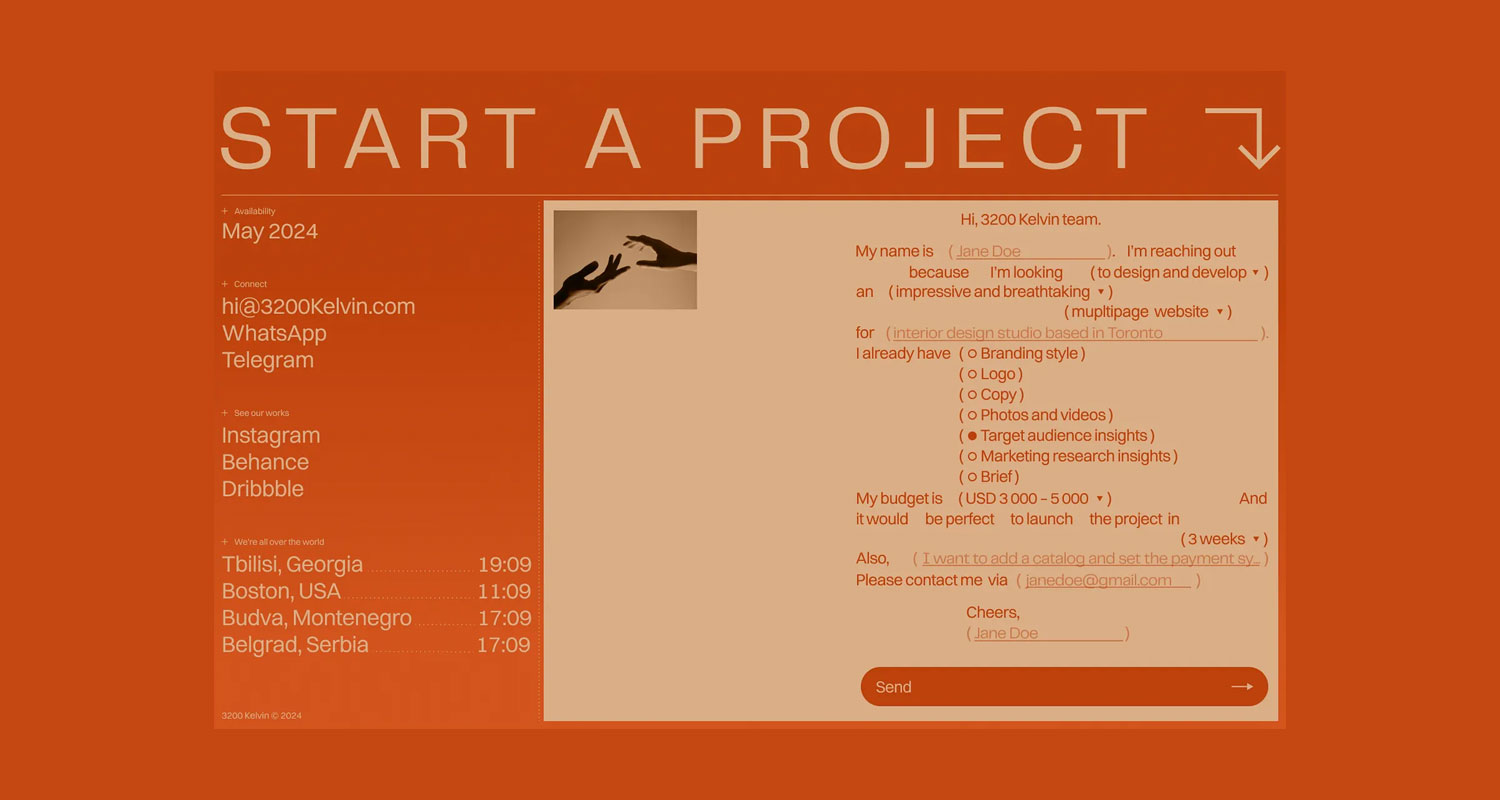
Example of poor readability and low contrast text on websites.
How These Mistakes Hurt Your Bottom Line
- Higher bounce rates — frustrated users leave before exploring.
- Lower conversions — potential clients never get to your call to action.
- Brand trust damage — a clunky user experience makes your business seem less professional.
- Wasted marketing spend — driving traffic is expensive; if UX is bad, that investment is wasted.
In a competitive environment like Auckland, Wellington, Christchurch or even in smaller NZ towns, people have many alternatives. A website that is user-friendly gives you an edge.
At Sky Media, we build websites that don’t just look good — they’re designed to perform. Our team specialises in affordable web design in NZ with SEO baked in from day one, so your business can attract more customers and grow online.
Whether you need a fresh build or want to upgrade your current site, our Web Design packages give you flexible options to suit your goals.
Let’s turn your website into a lead-generating machine. Get a free website and SEO quote today.
